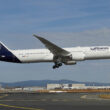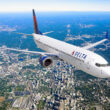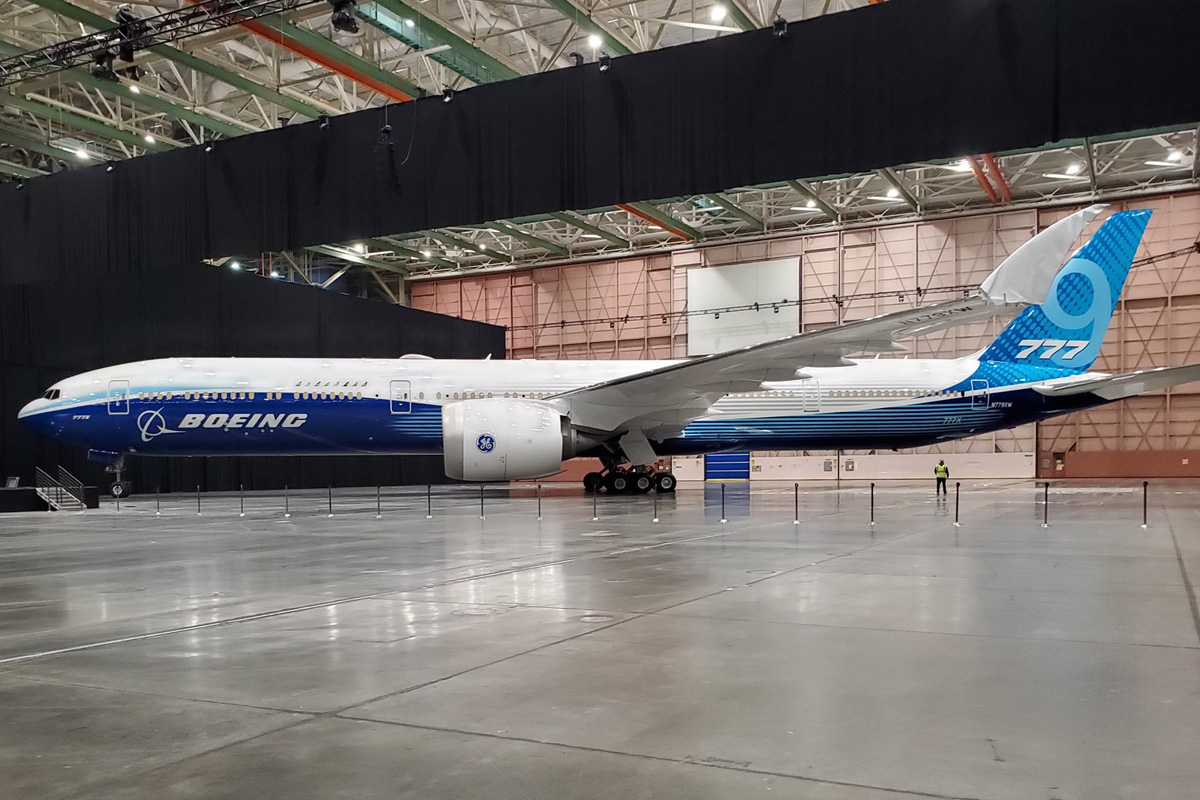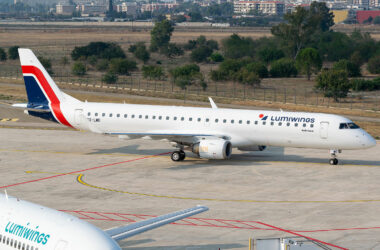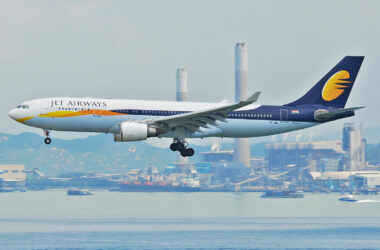If a Ryanair Boeing 737 MAX 8 can carry 197 passengers and an Easyjet Airbus A321, 235 people, after all, how many seats can an Airbus A380 offer?
The expected response would indicate at least a thousand people, but the reality is much less impressive. The largest passenger plane in history can accommodate up to 853 passengers on its two decks, according to Airbus.
Still, it is an enormous capacity but one that no airline in the world has dared to attempt. Emirates Airline, the largest operator of the A380, configures its aircraft with 615 seats in four classes of service, for example.
Follow Air Data News: WhatsApp | Google News | Instagram | LinkedIn | Twitter | Facebook
The most important reason for not taking so many people on board is economic. Widebodies do not pay for themselves with many cheap seats, but with a mix of services whose more comfortable classes are crucial to cover the costs.
For this reason, large widebodies with economy class or serving tourist routes are not seen, with a few exceptions.
Door and exit standards
But the main restriction for aircraft like a Boeing 747 or 777 to carry many more passengers is due to safety.
Civil aviation authorities such as the FAA and EASA restrict aircraft capacity due to the number of doors and emergency exits.
Manufacturers must prove that their planes are capable of being evacuated in a minimum amount of time in the event of an emergency and this determines how many passengers can be transported.
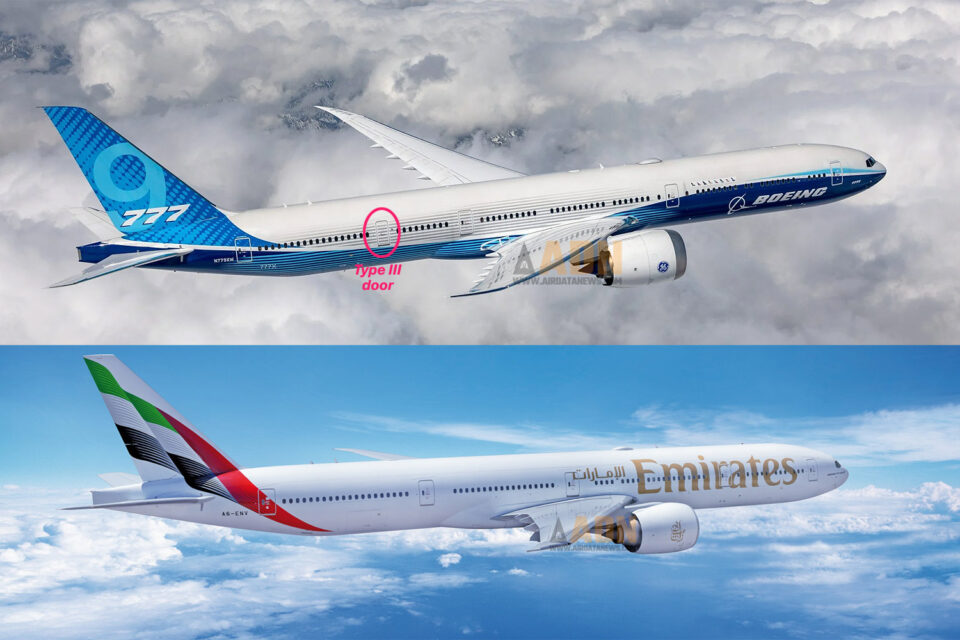
For this purpose, there are emergency door and exit standards that, depending on their characteristics, can allow the evacuation of a number of people.
Type A, for example, a wide door seen on major twin-aisle planes, can evacuate 55 people, or 110 as they are typically installed in pairs in the fuselage.
It is the type and quantity that ends up classifying aircraft with different capabilities, even if the jet is larger. The Boeing 777-9, for example, can carry up to 475 passengers, five fewer than the A350-1000, due to the type of doors.
See below how many passengers the largest airlines in the world can carry:
Boeing 777-9 – 475 passengers
Boeing’s new widebody is the world’s largest twin-engine commercial aircraft, but despite its larger dimensions than the original 777 series, it can carry fewer passengers.
According to the manufacturer’s data, a maximum of 475 people can be carried in its cabin compared to 550 occupants on the 777-300ER.
The reason for this is the replacement of a pair of Type A doors with Type III, which is certified to evacuate 35 people instead of 110.
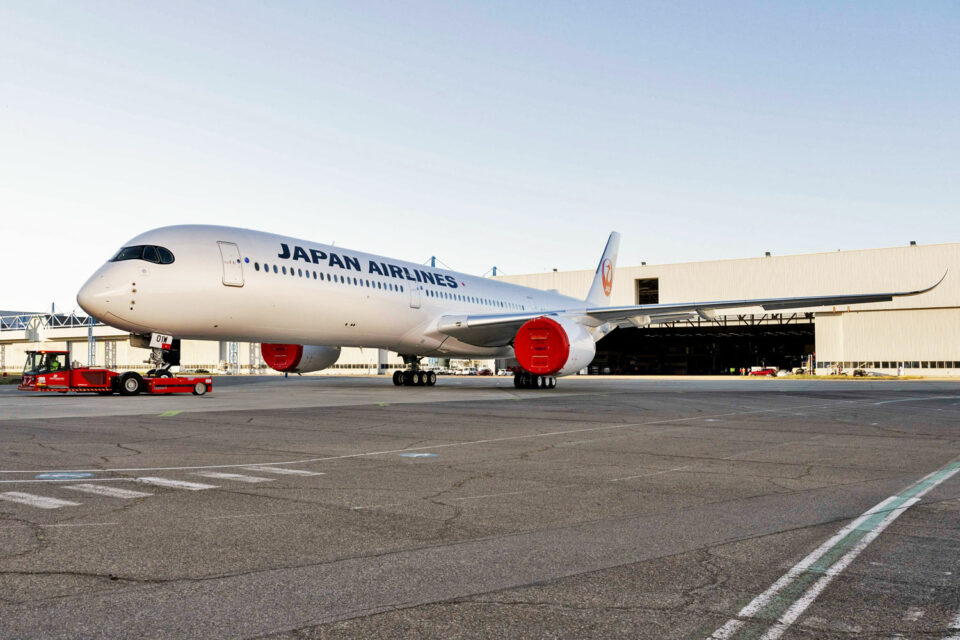
Airbus A350-1000 – 480 passengers
The largest variant of the A350 was originally certified to carry up to 440 people due to its eight Type A doors, but Airbus managed to convince EASA in 2019 to expand capacity to 480 passengers through improvements to the evacuation system.
As a result, the A350-1000 can be equipped with Type A+ doors, with the capacity to evacuate up to 60 people each.
Boeing 777-300 – 550 passengers
The popular 777-300 and its long-range version 777-300ER can theoretically carry up to 550 people thanks to the 10 Type A doors in the fuselage.
But, as with other aircraft, no operator uses the maximum configuration.
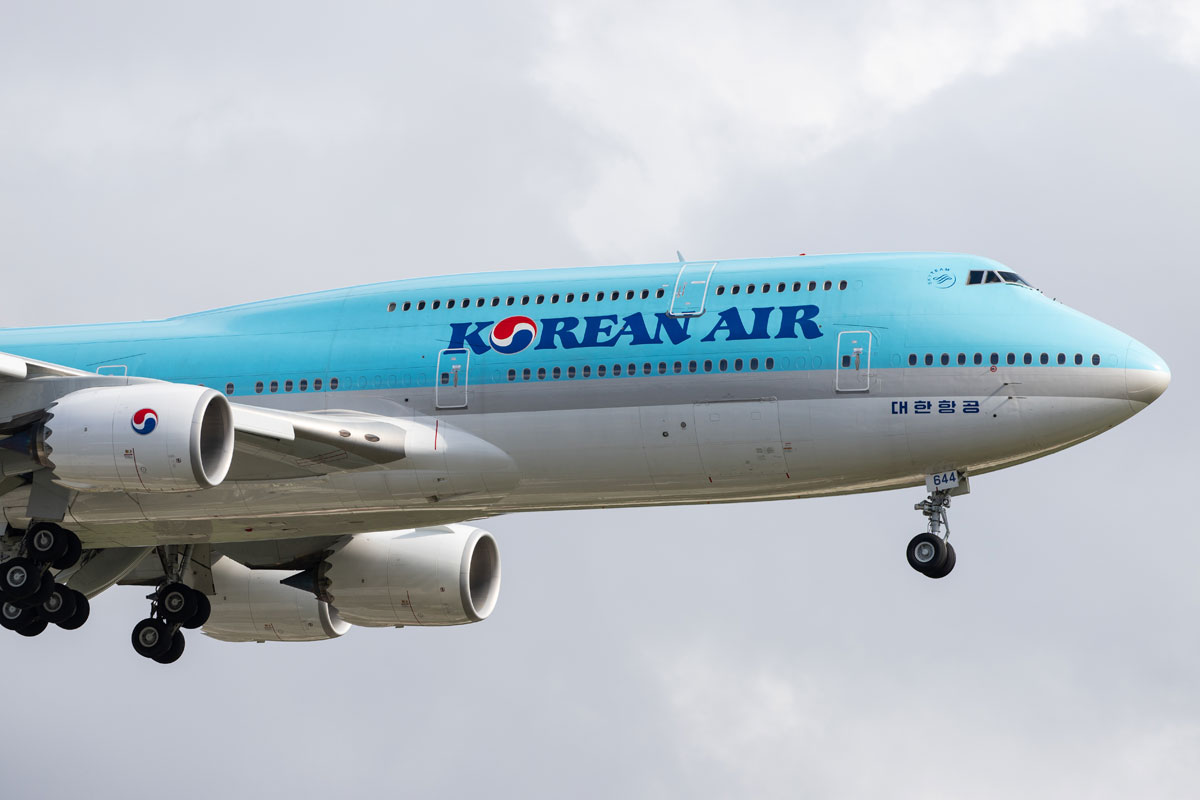
Boeing 747-8 – 605 passengers
As with the 777-9, the huge 747-8 also carries fewer passengers than its predecessors 747-400 and 747-300.
The two versions of the ‘Jumbo’ were manufactured with 12 Type A doors, which can therefore evacuate up to 660 passengers.
In the 747-8, despite the greater space in the cabin, Boeing preferred to exchange two Type A doors for Type C, with half the capacity.
Boeing 747-400/300 – 660 passengers
As explained above, the 747-300 and 747-400, the first to have an extended upper deck, were designed with 12 doors, which in theory allows the transport of 660 people, the second largest capacity of a commercial aircraft in history.
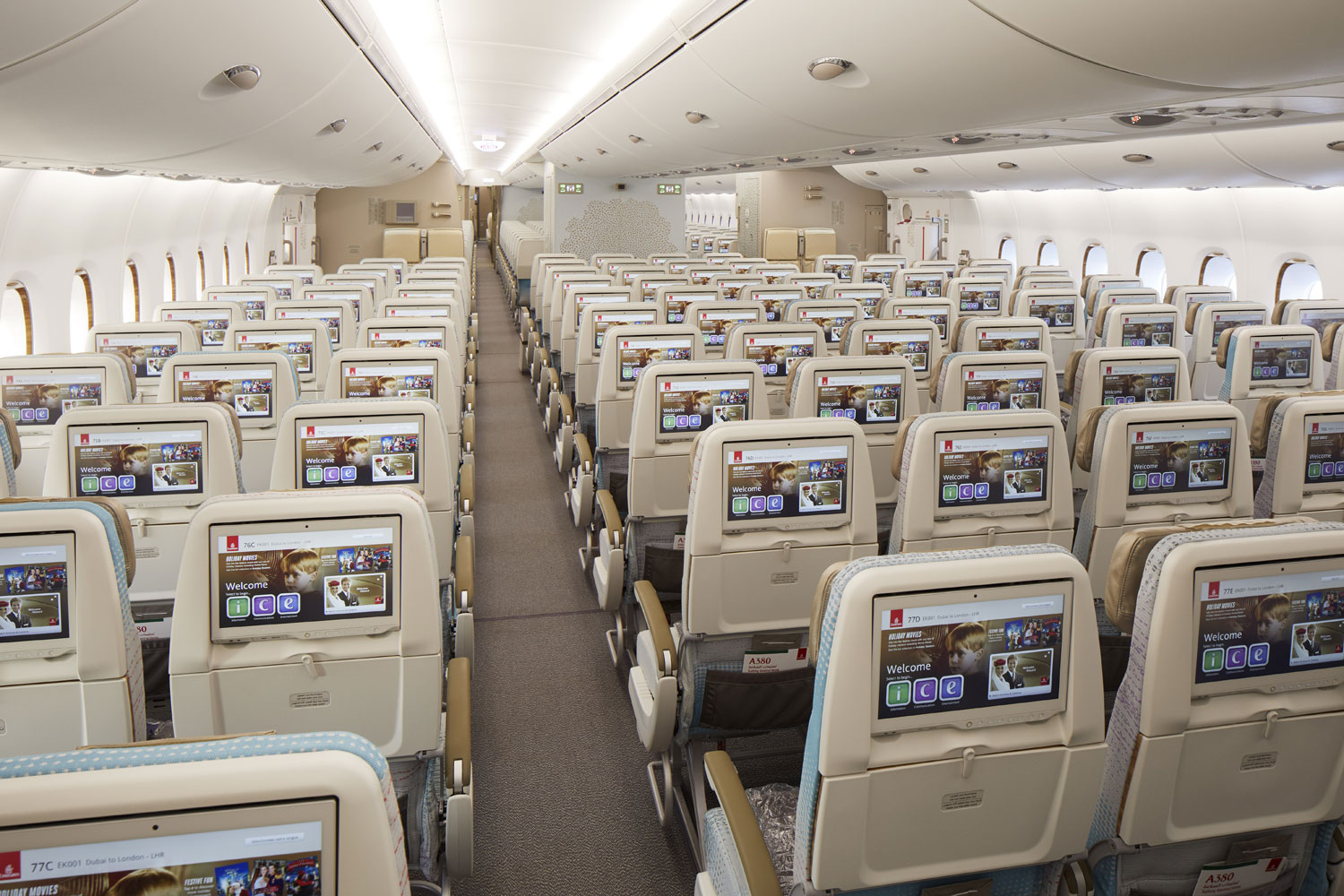
Airbus A380 – 853 passengers
The largest commercial plane in the world can theoretically carry up to 853 people on board. But the A380 has 16 Type A doors, which would mean it could accommodate 880 occupants.
In fact, EASA mentions in a 2003 document that the two-deck aircraft can carry 868 passengers, but in 2007, after evacuation tests, the authority determined that the four-engine jet could carry up to 853 passengers.
Because of this, the Boeing 747-400/300 can carry more people on the main deck than the A380 – 550 versus 538 passengers.


